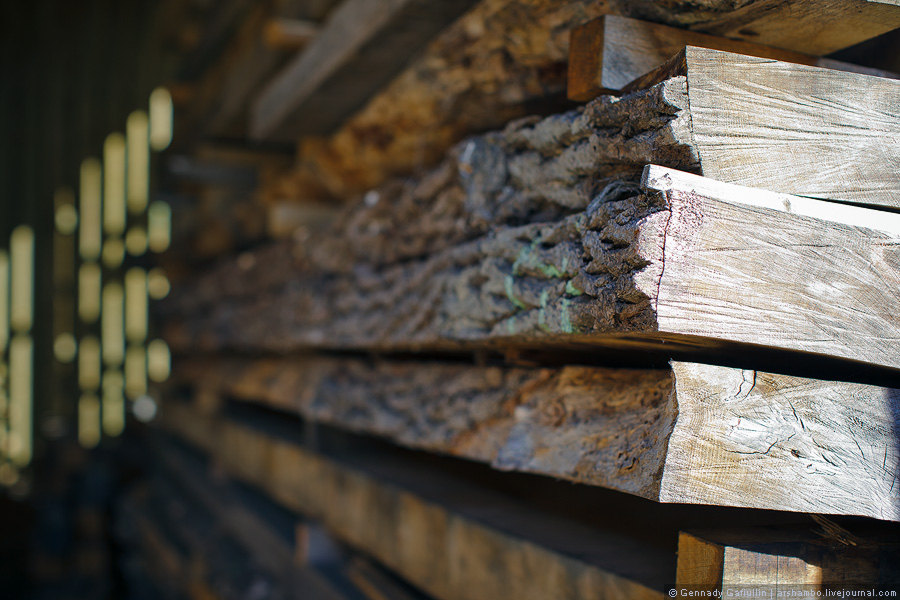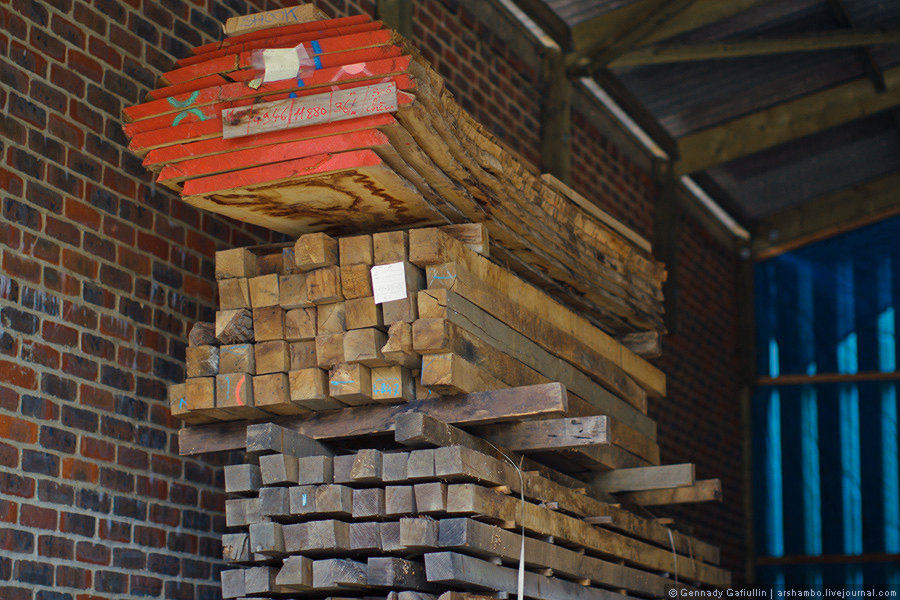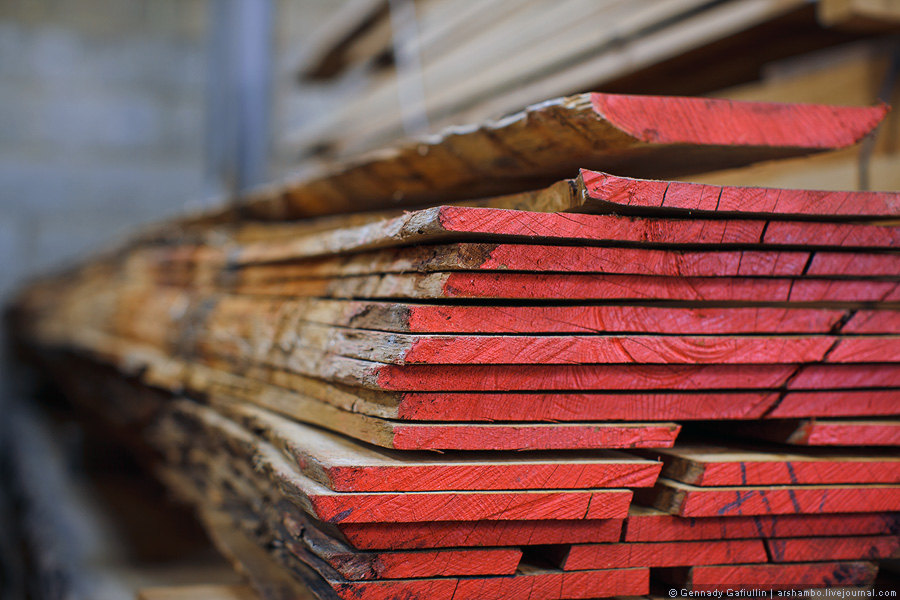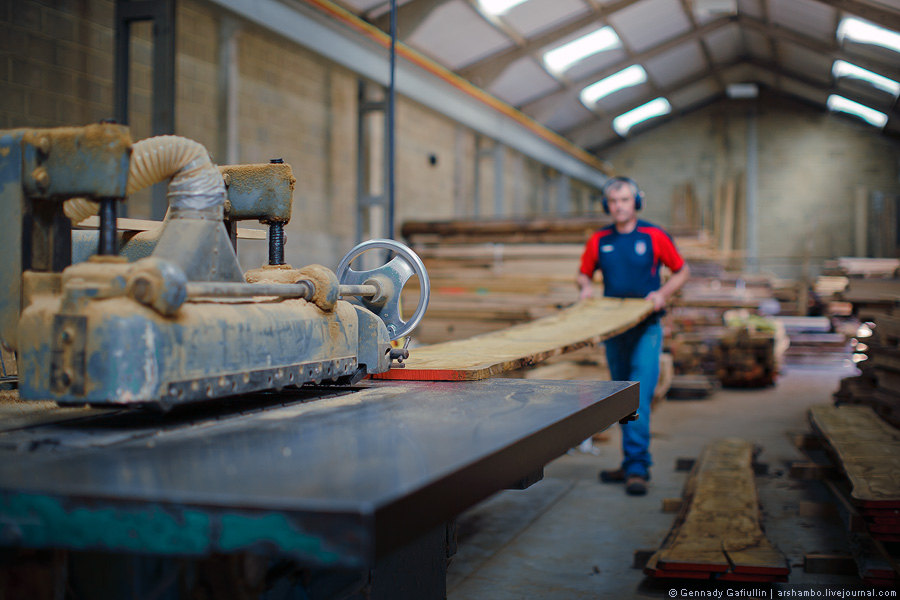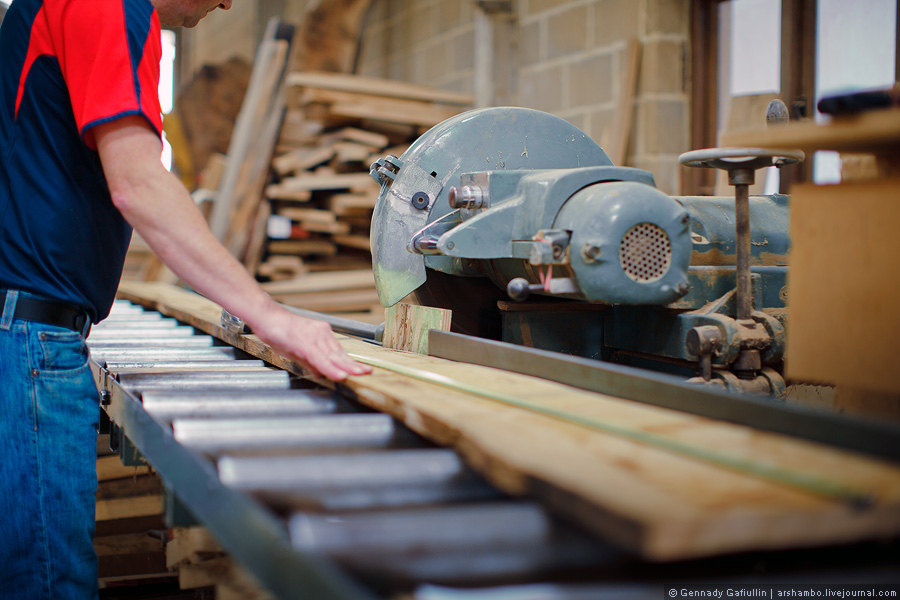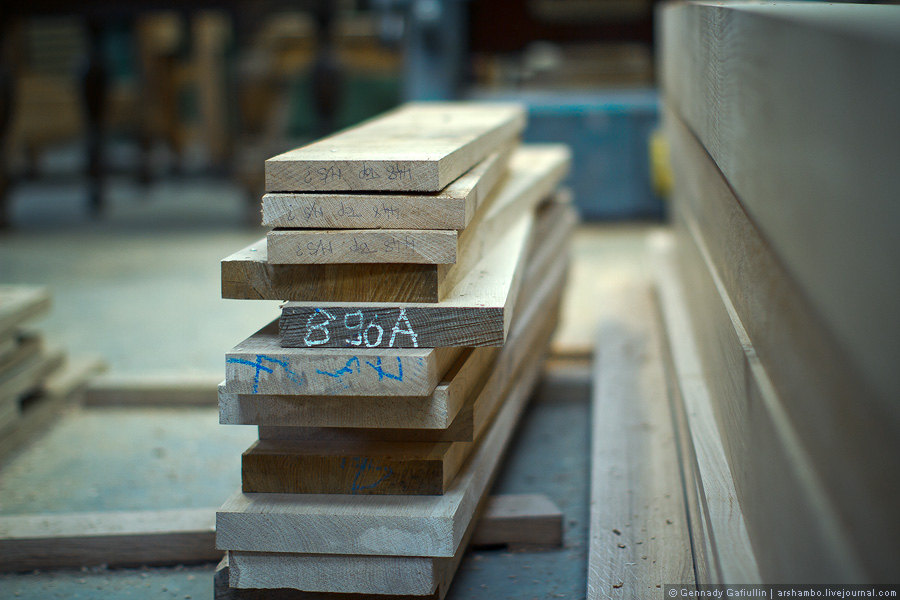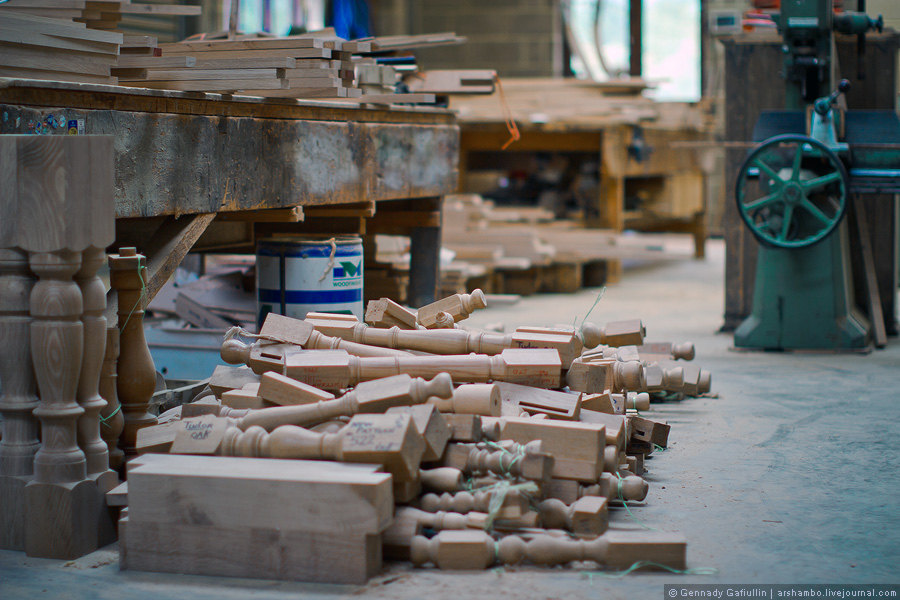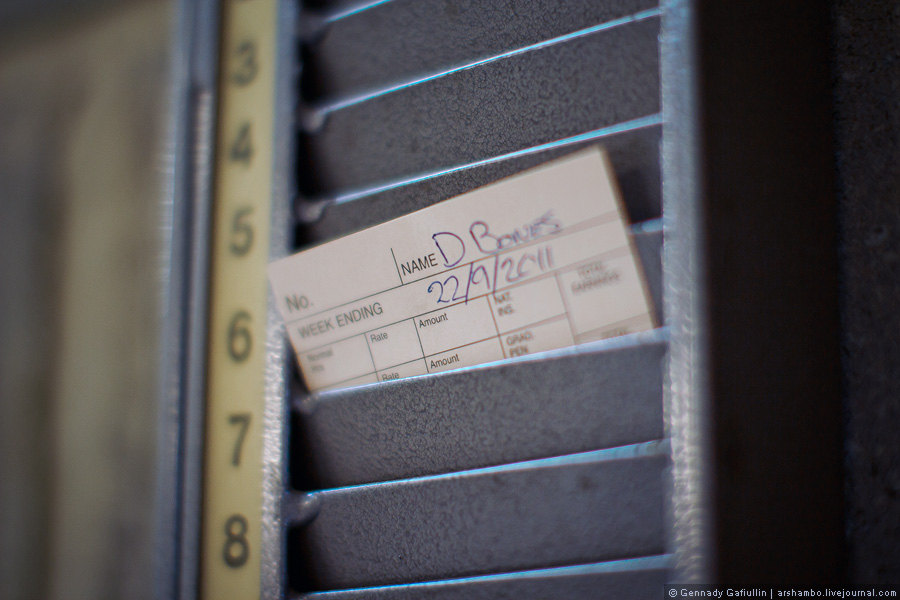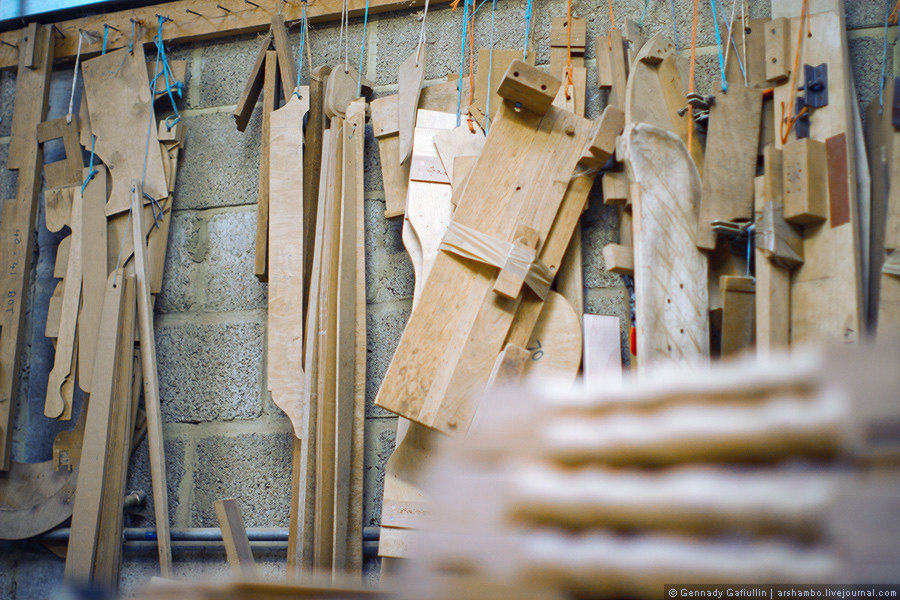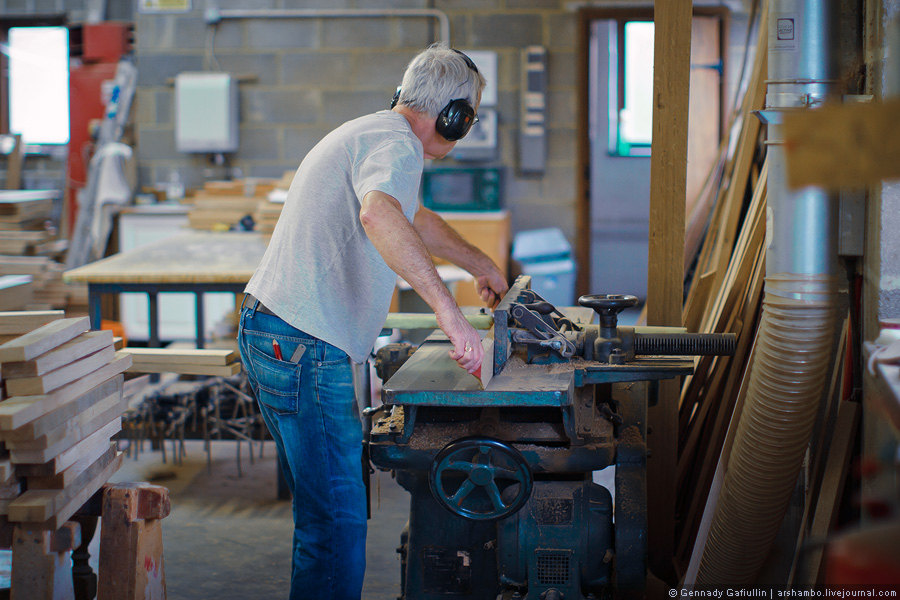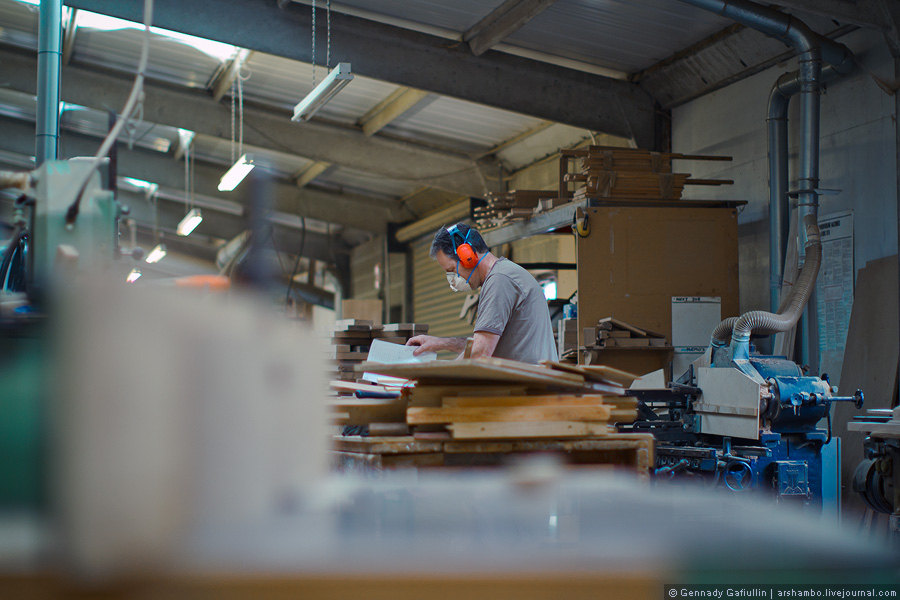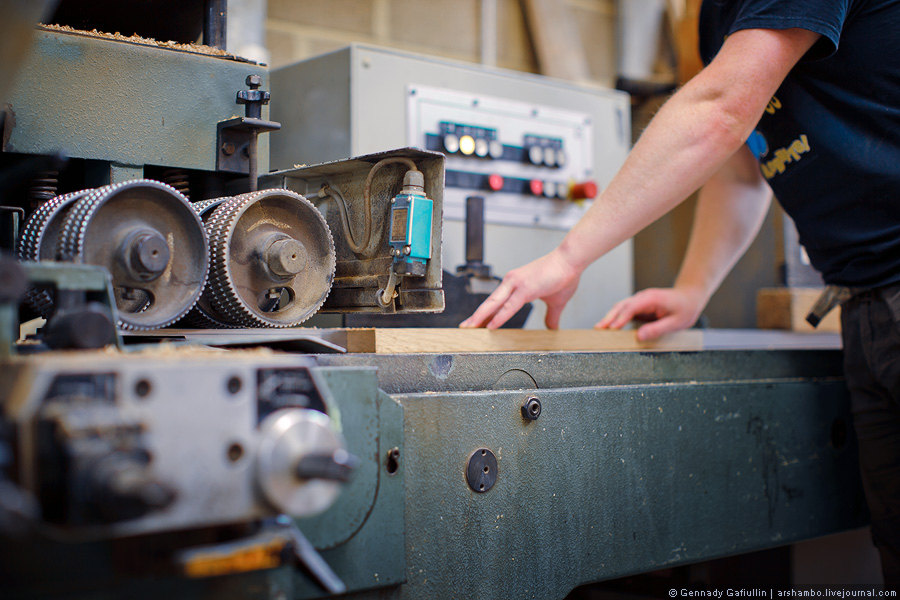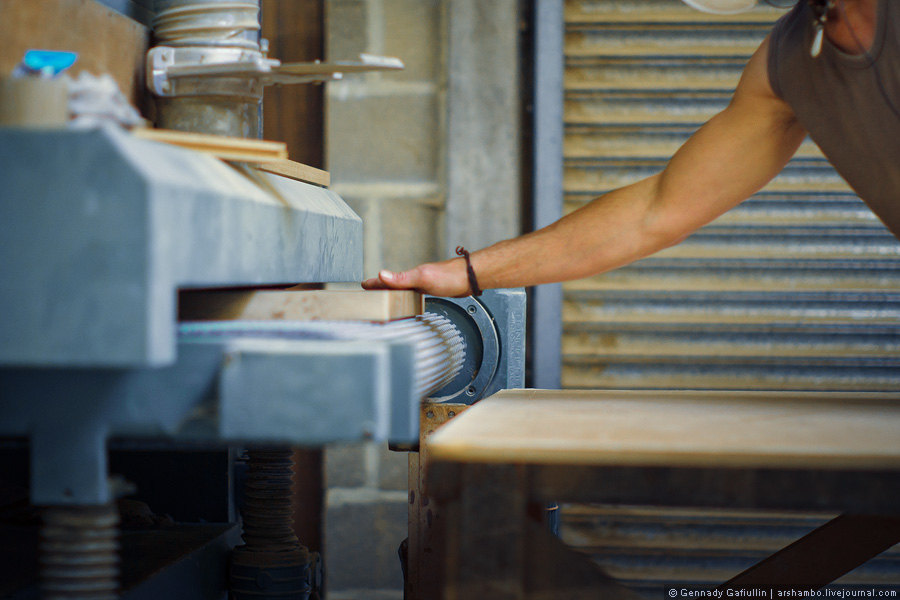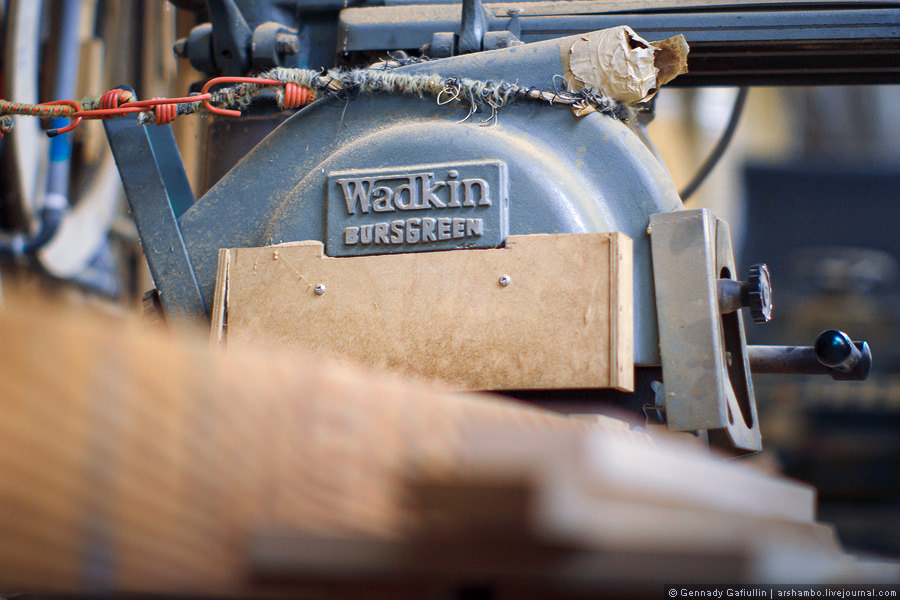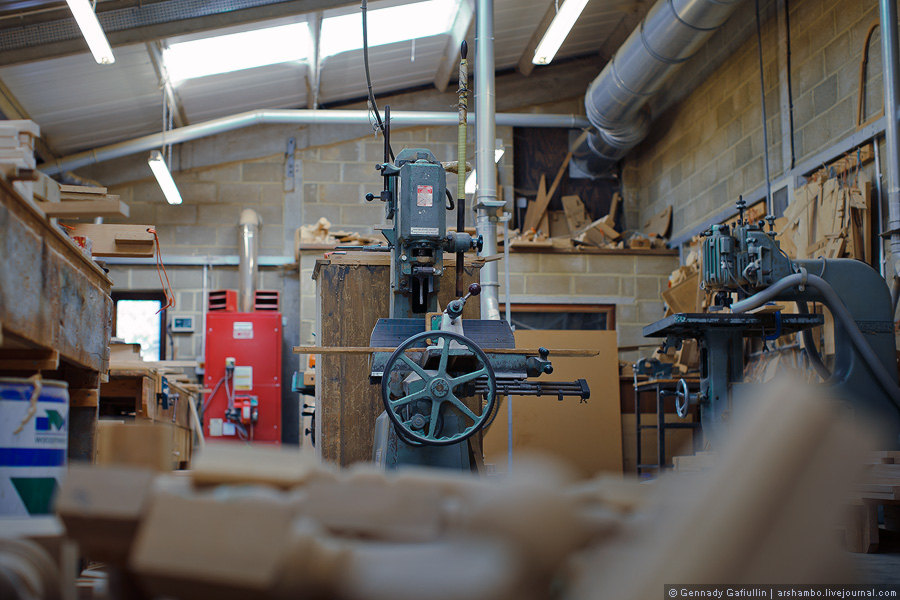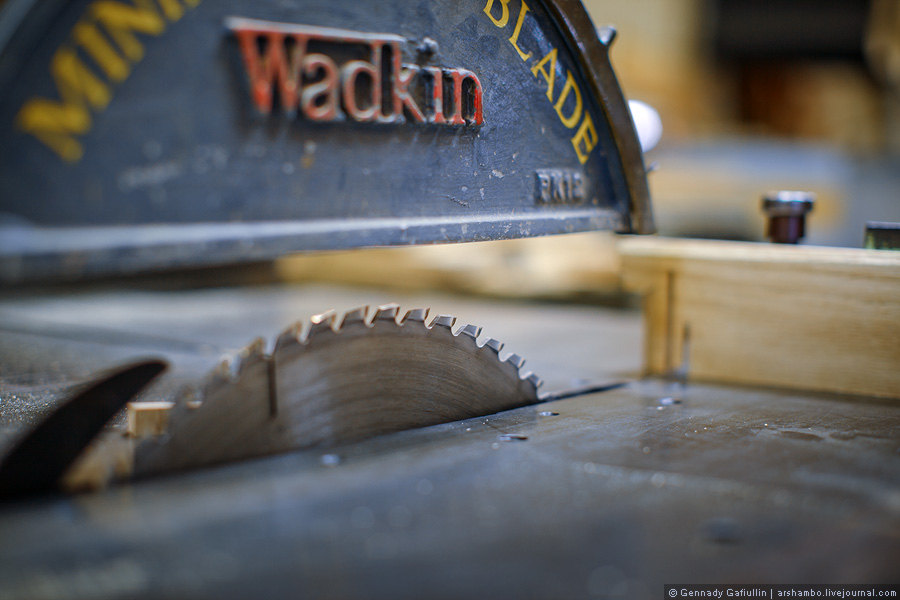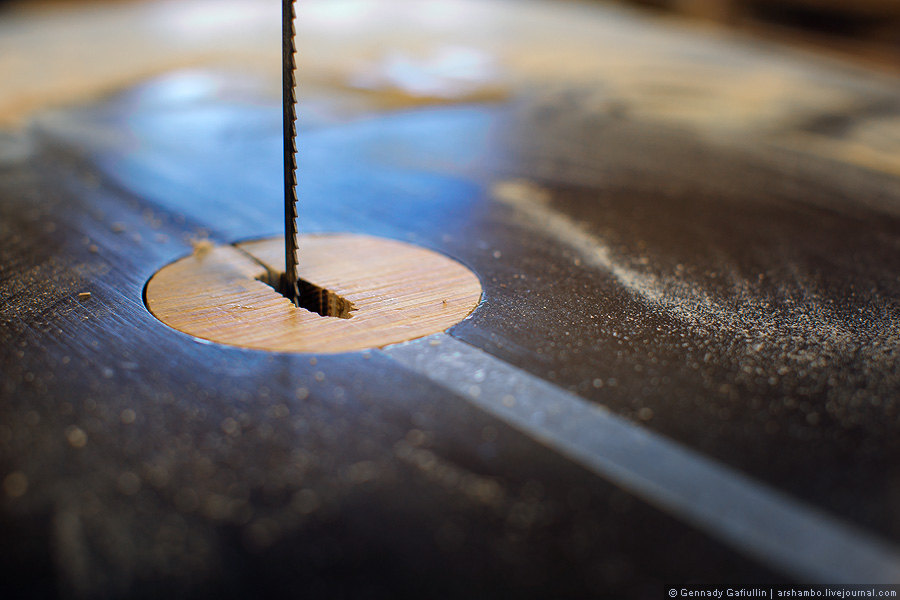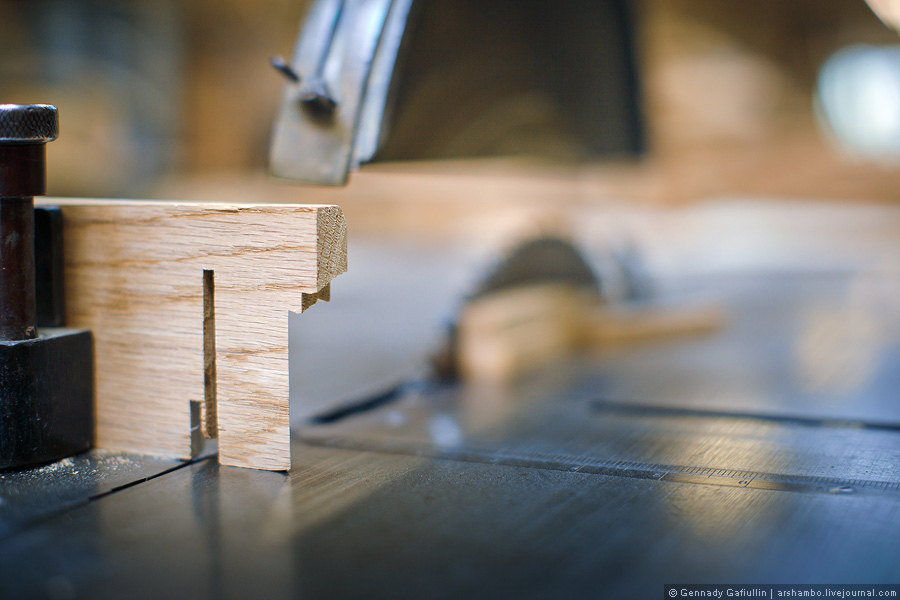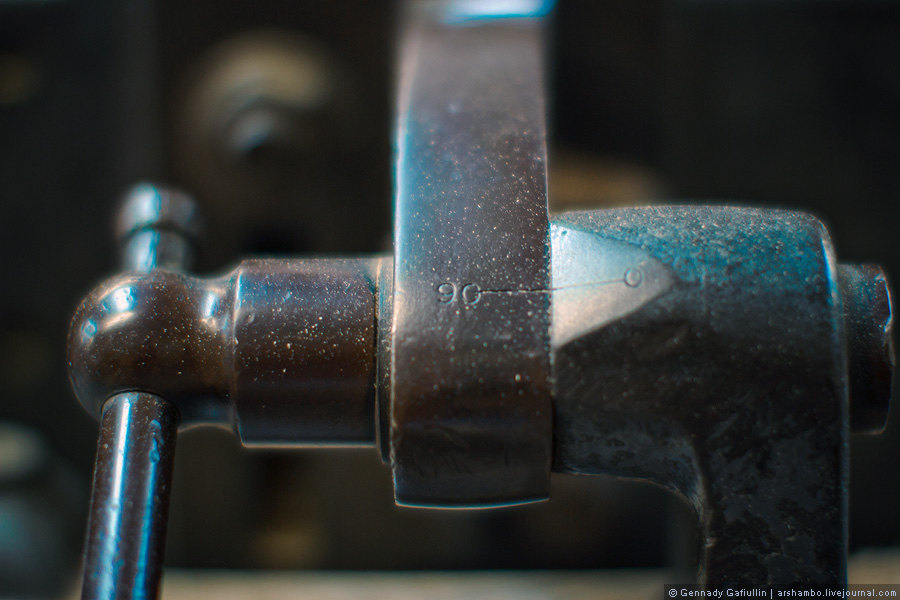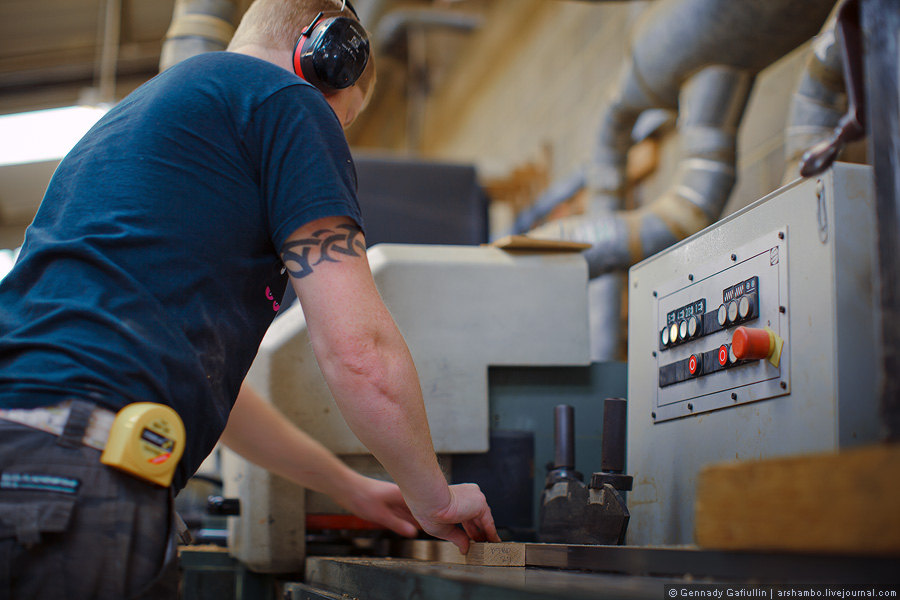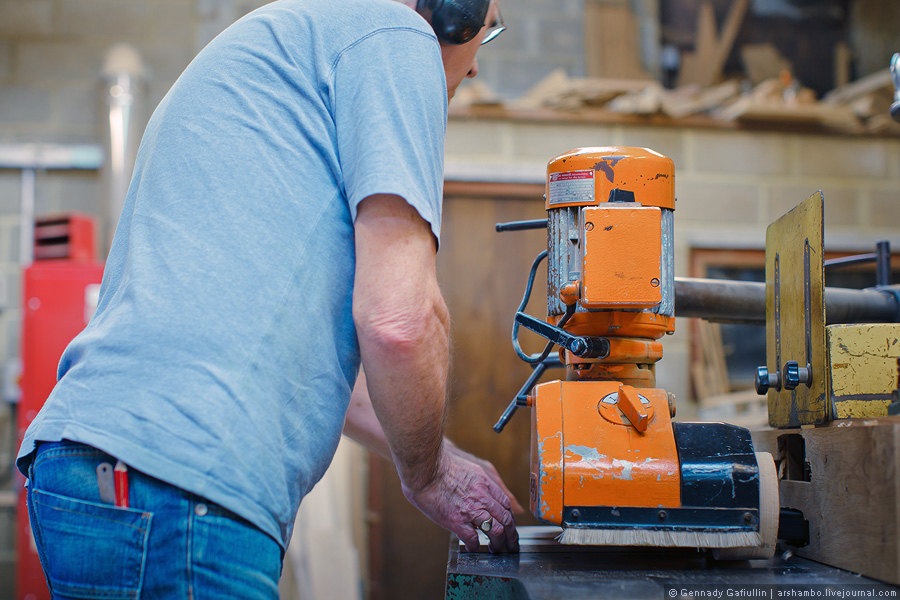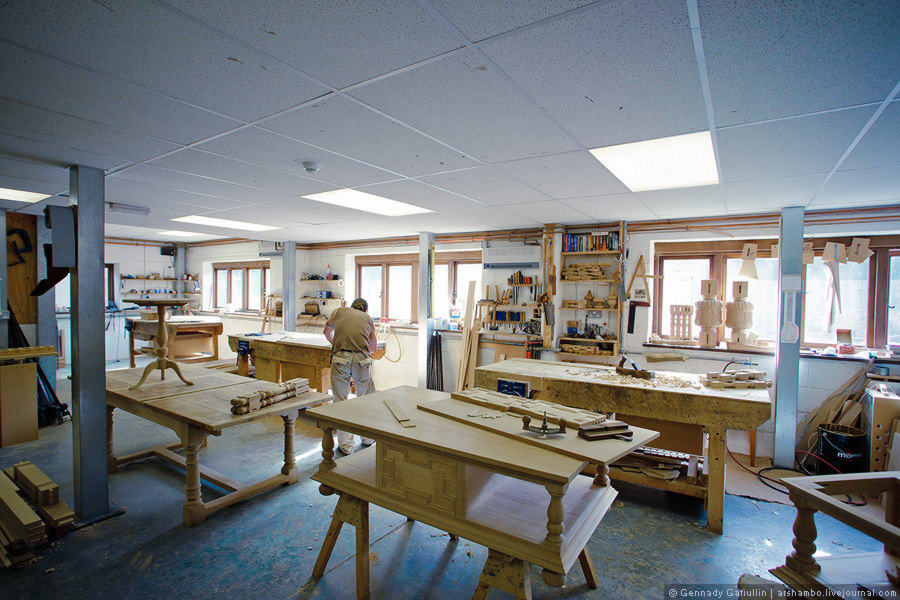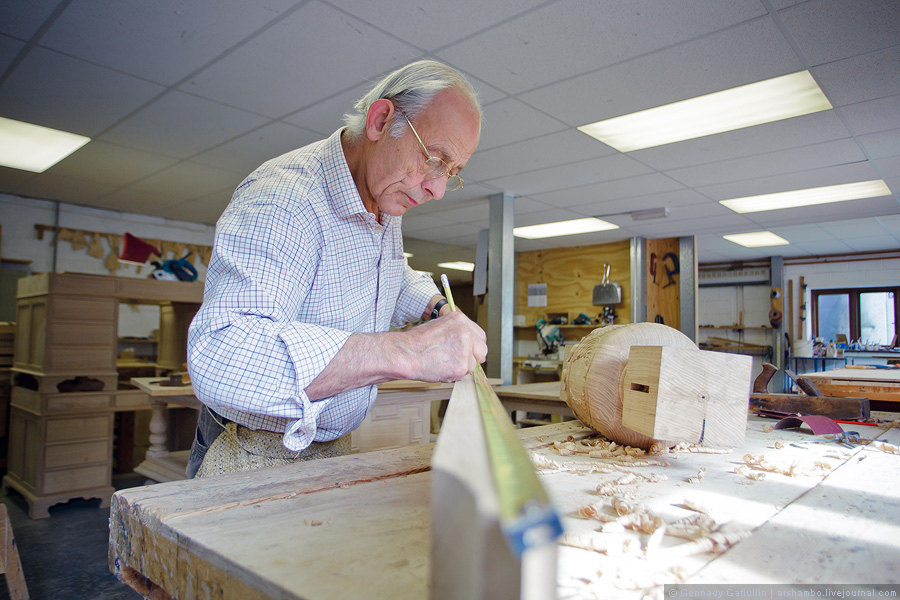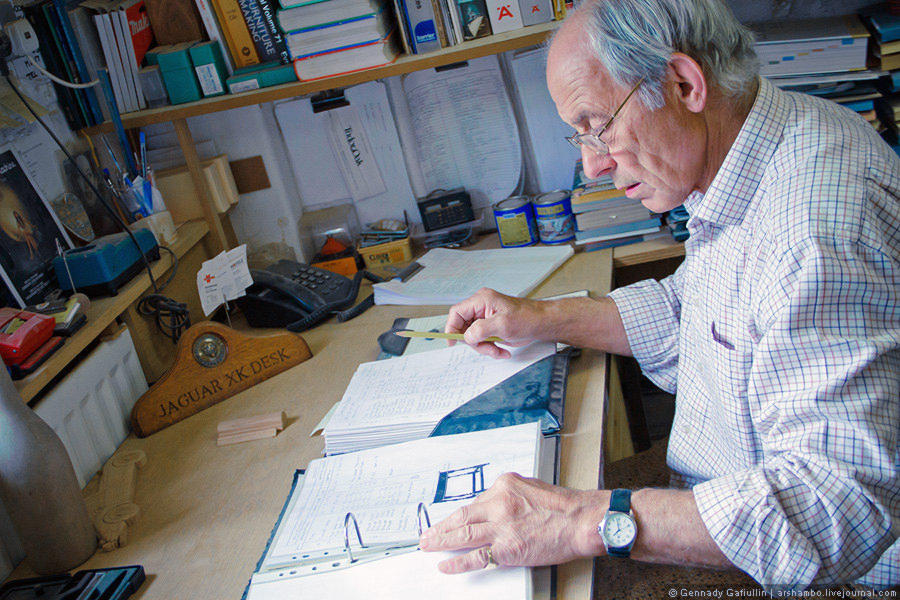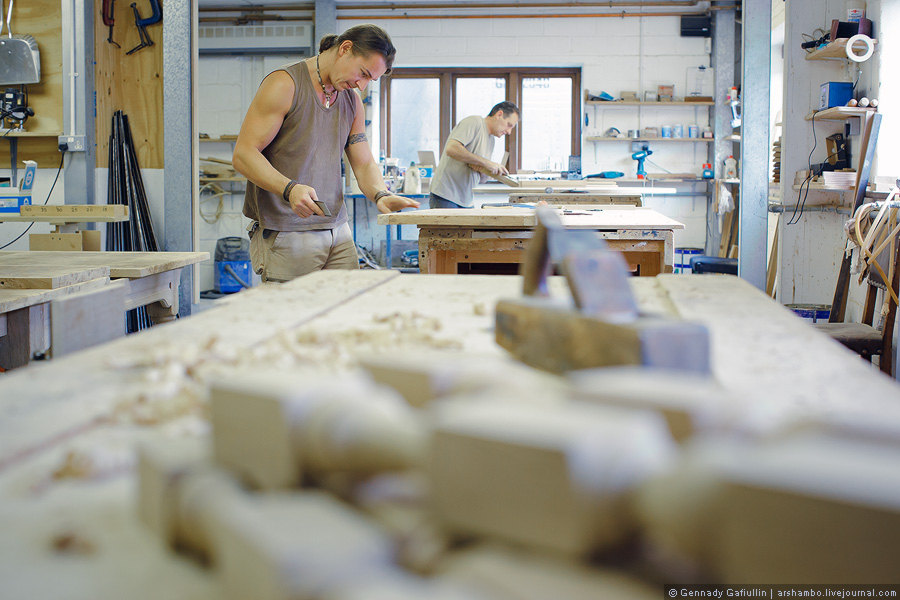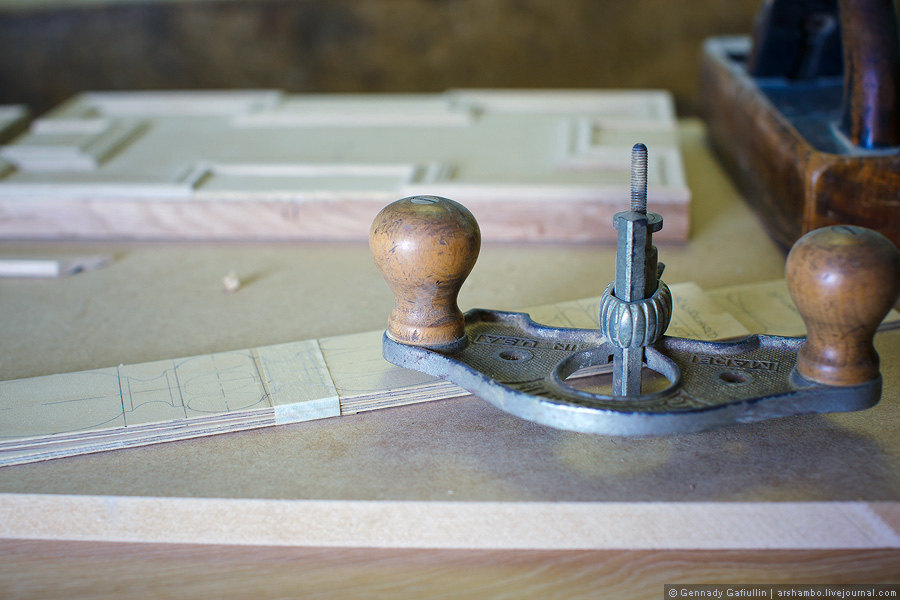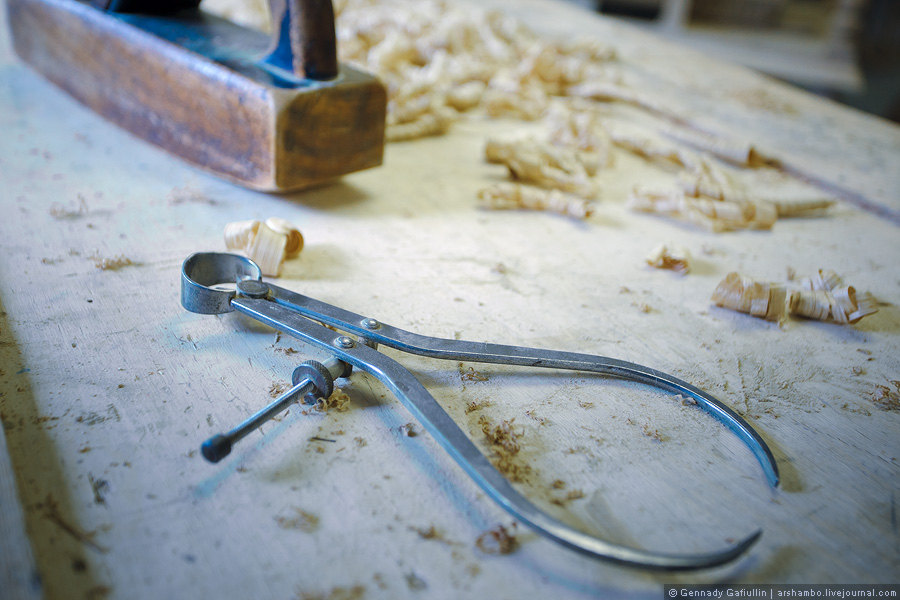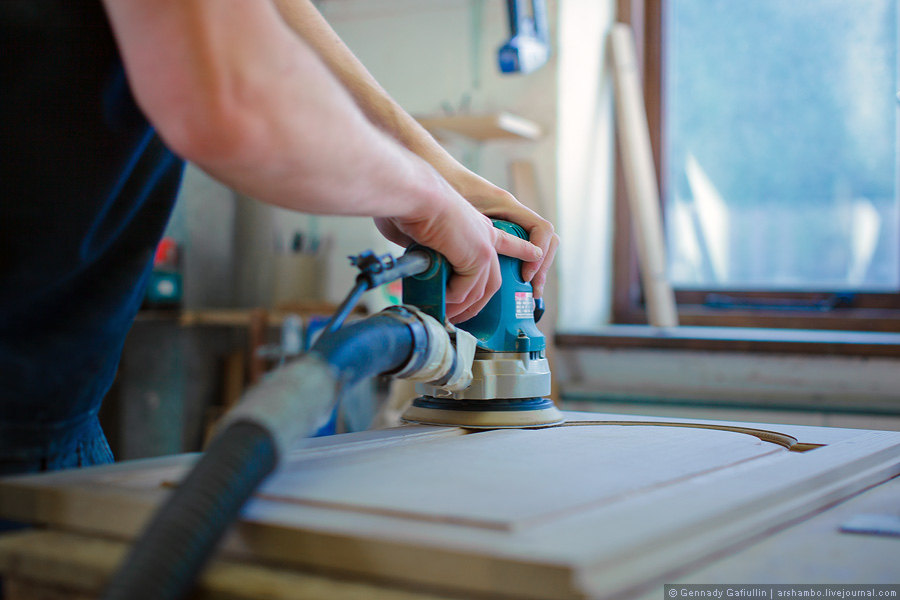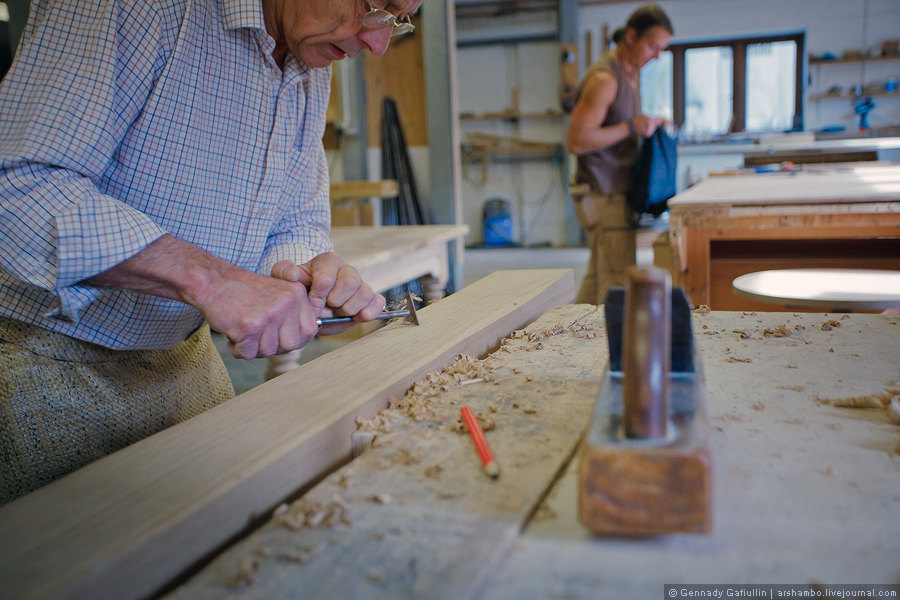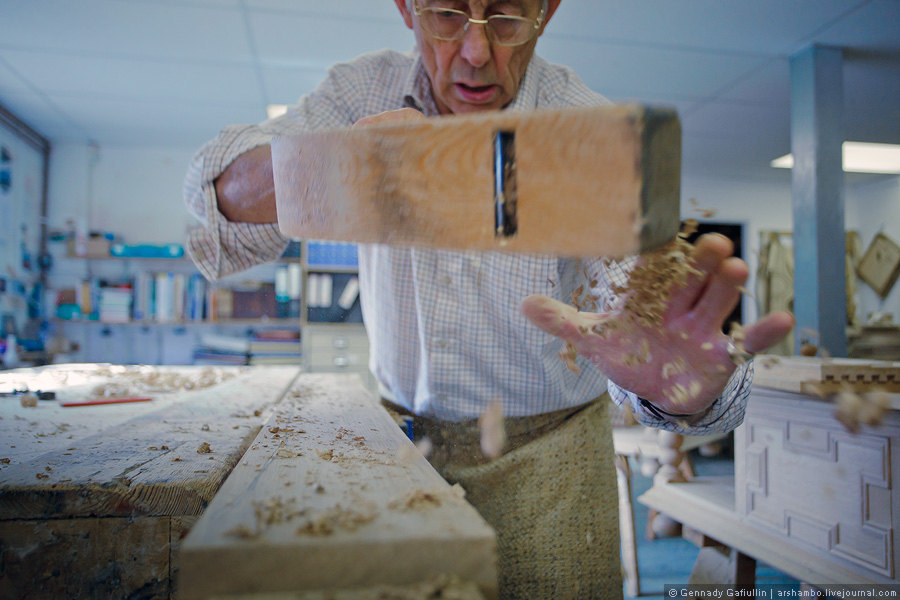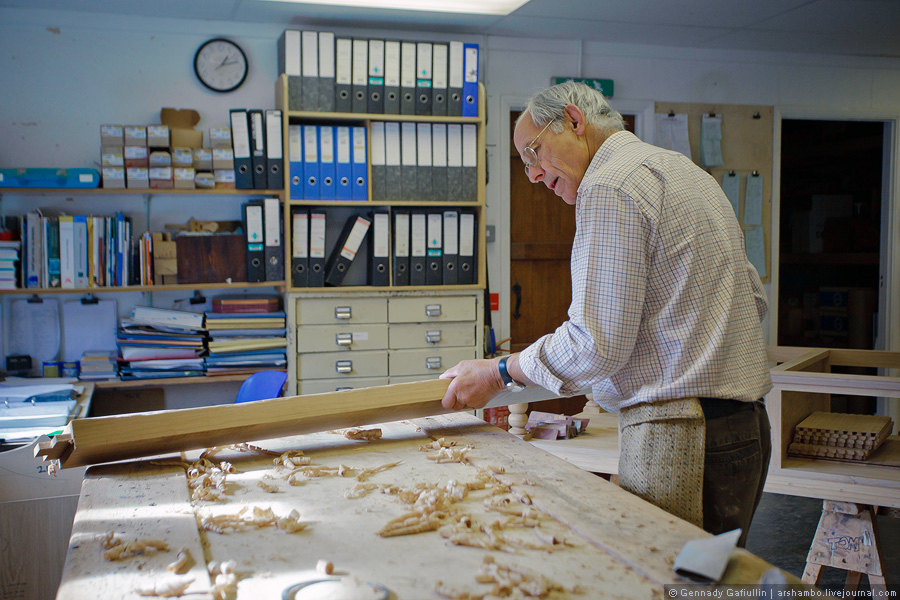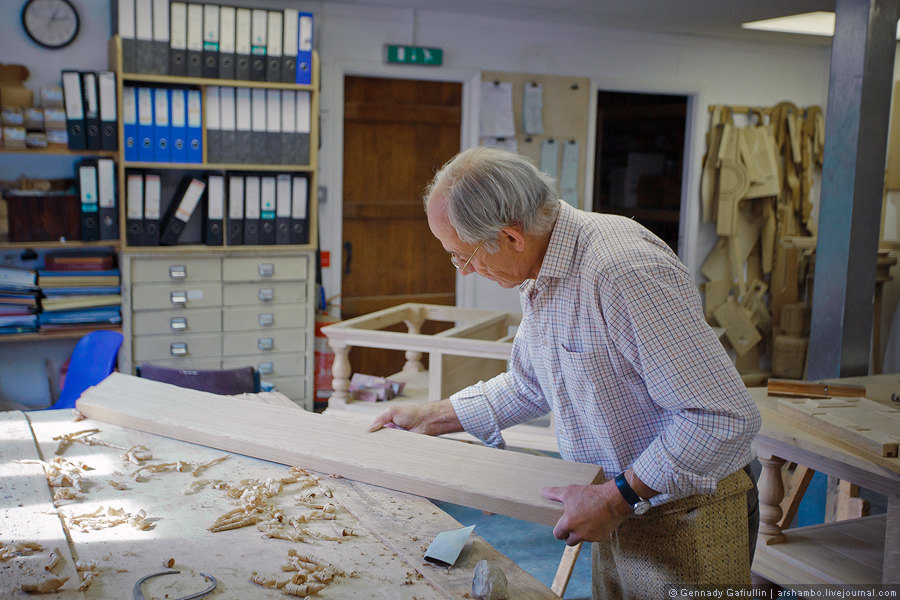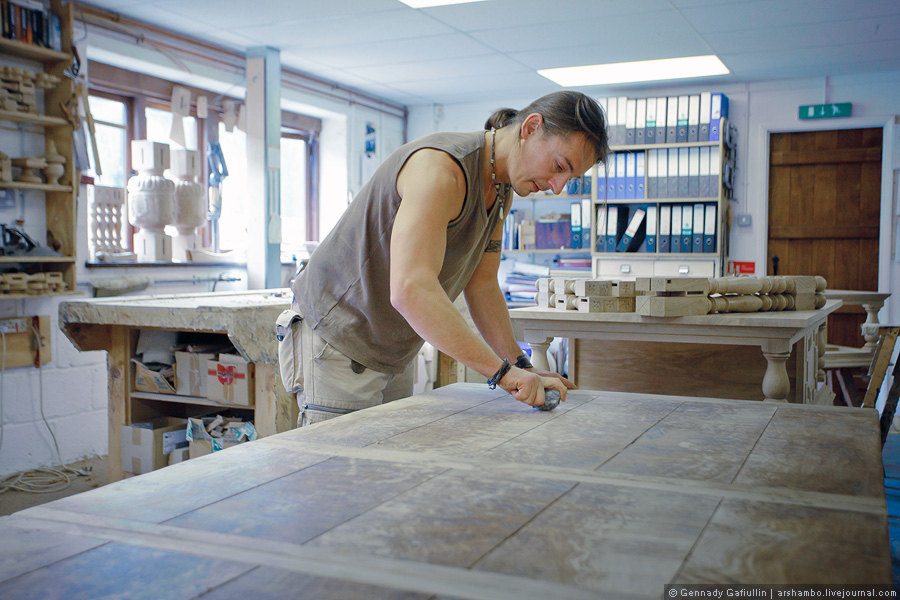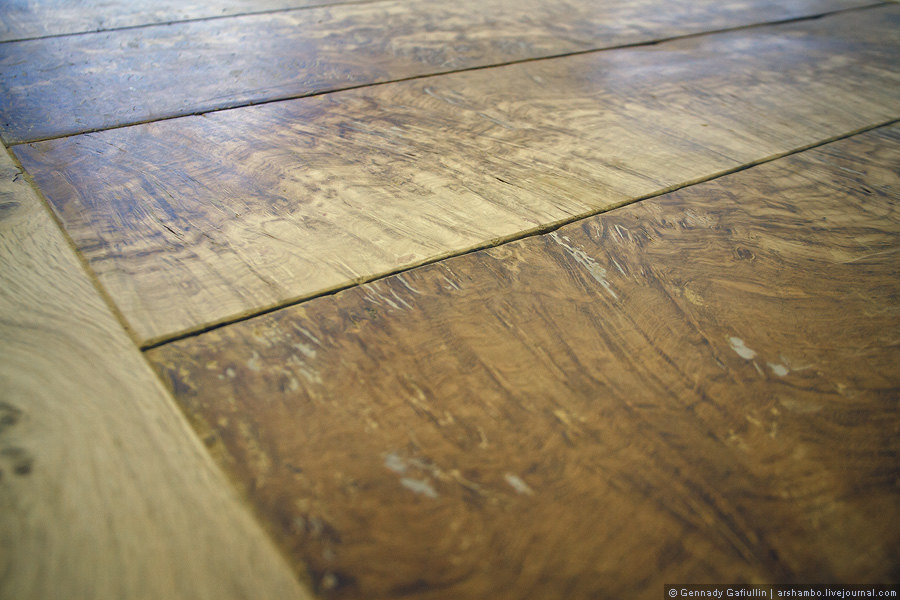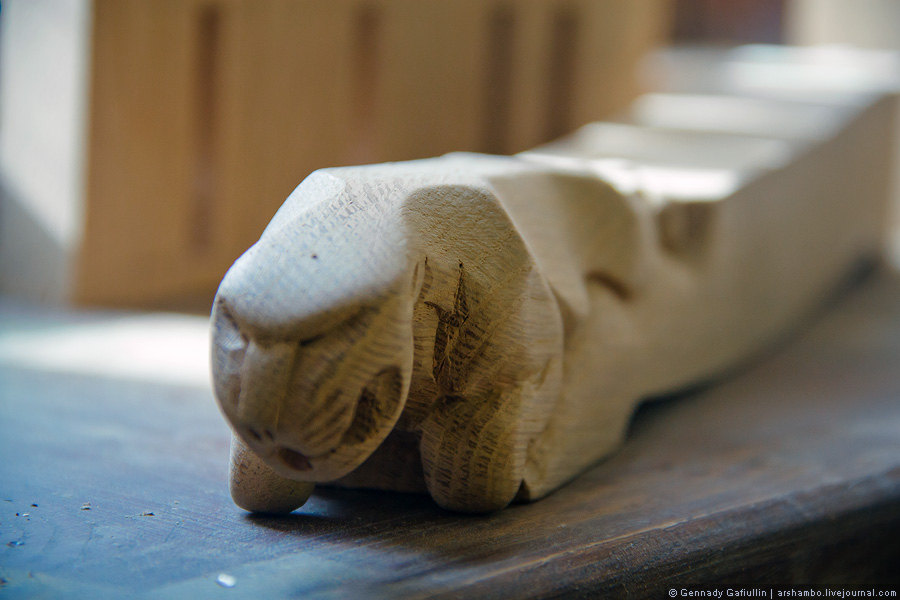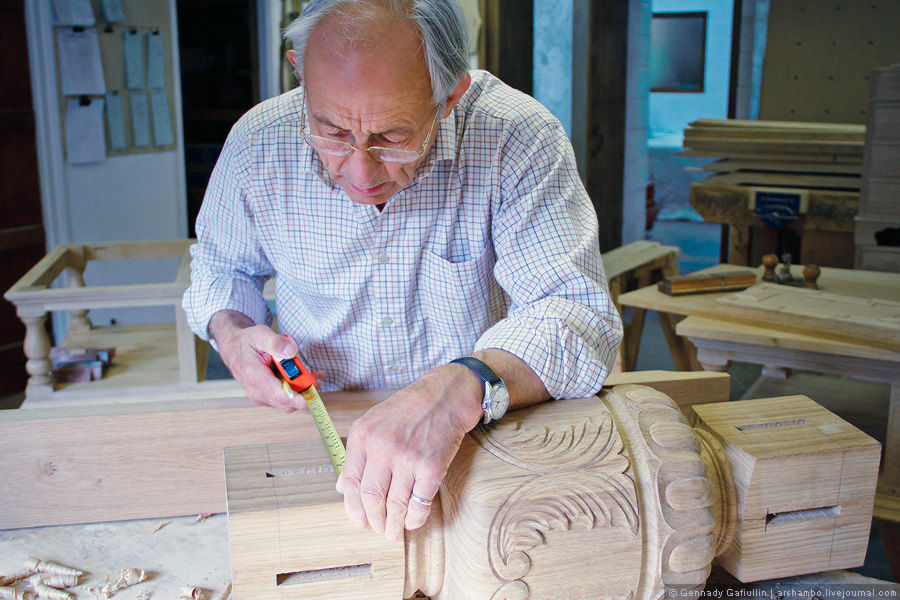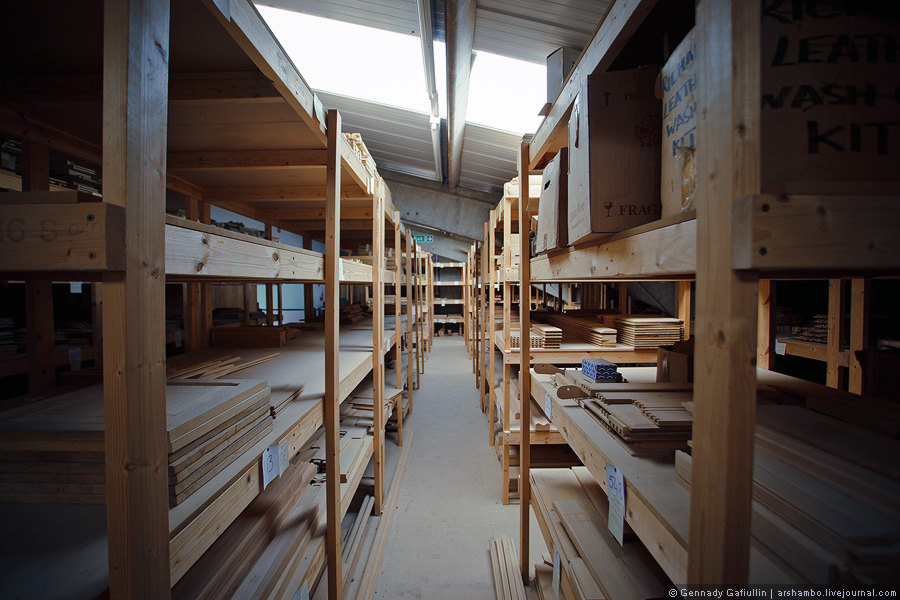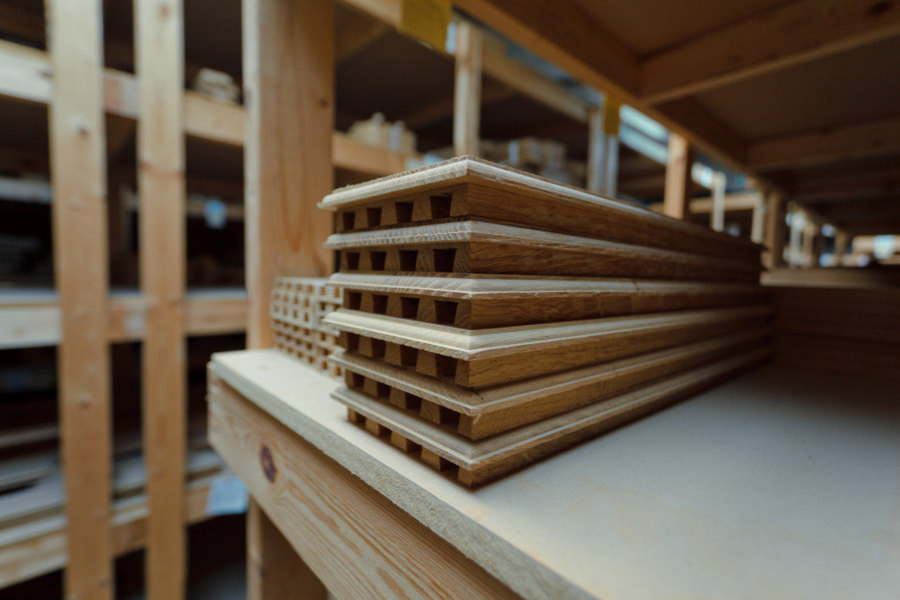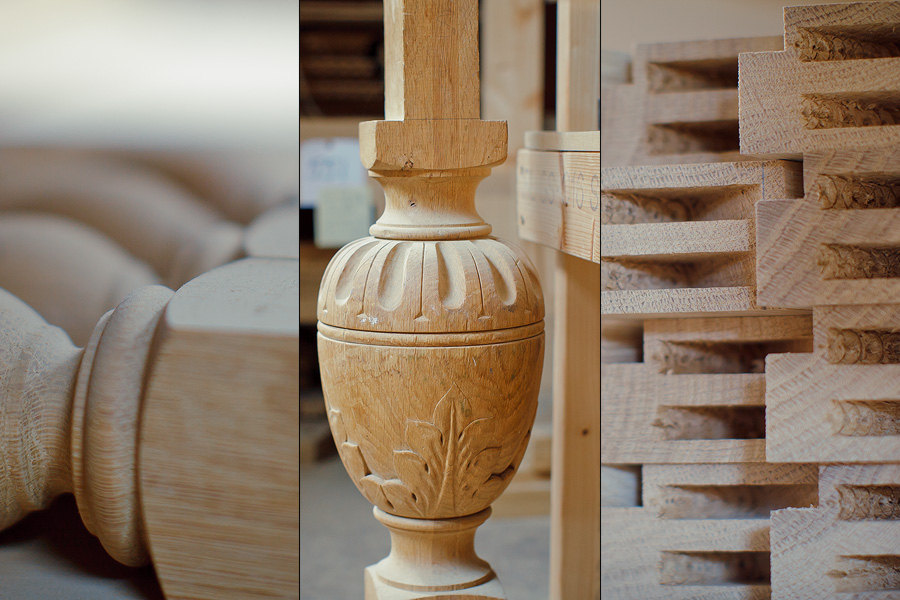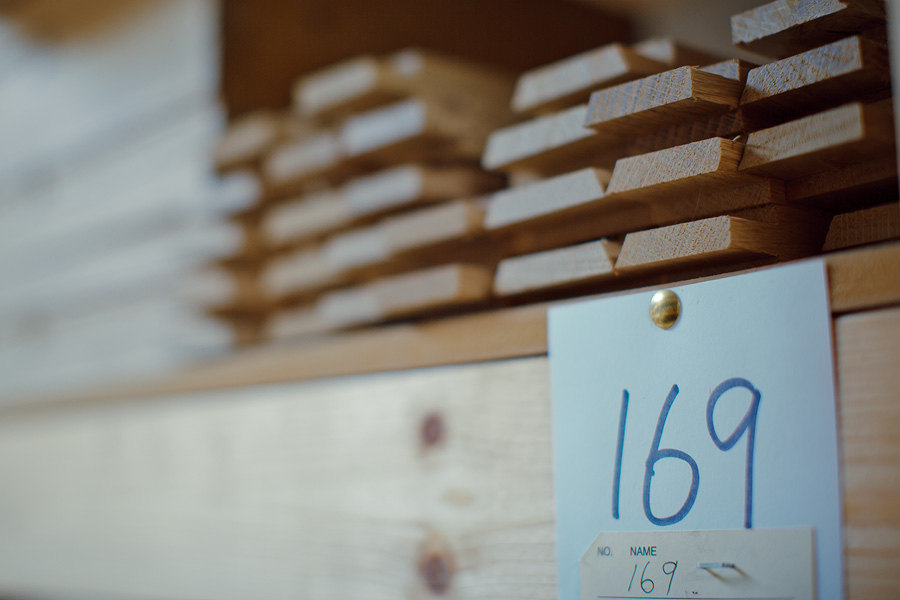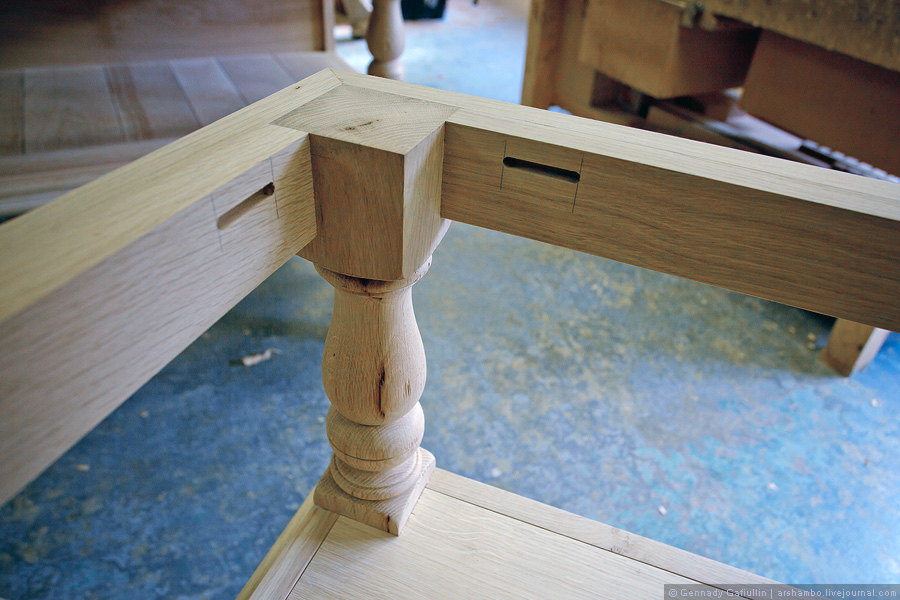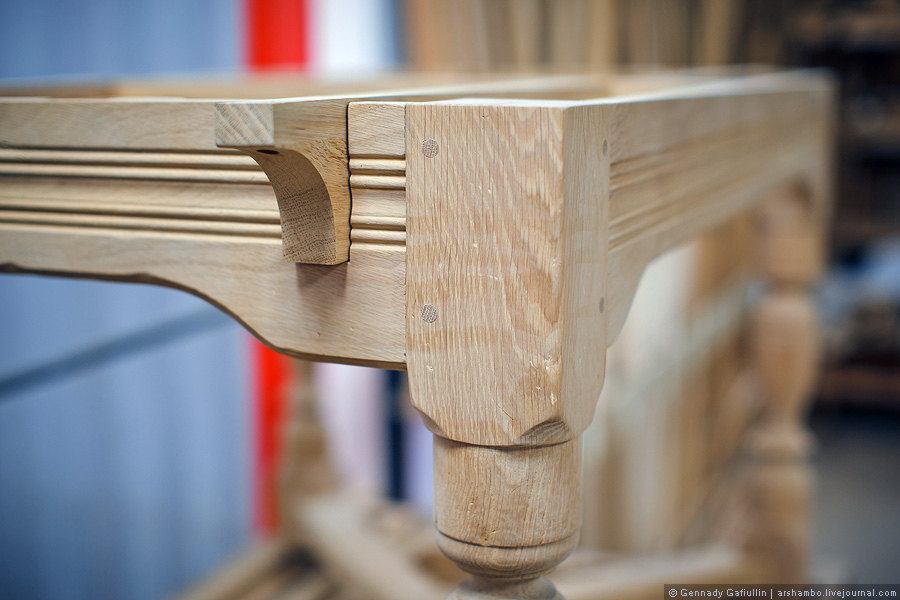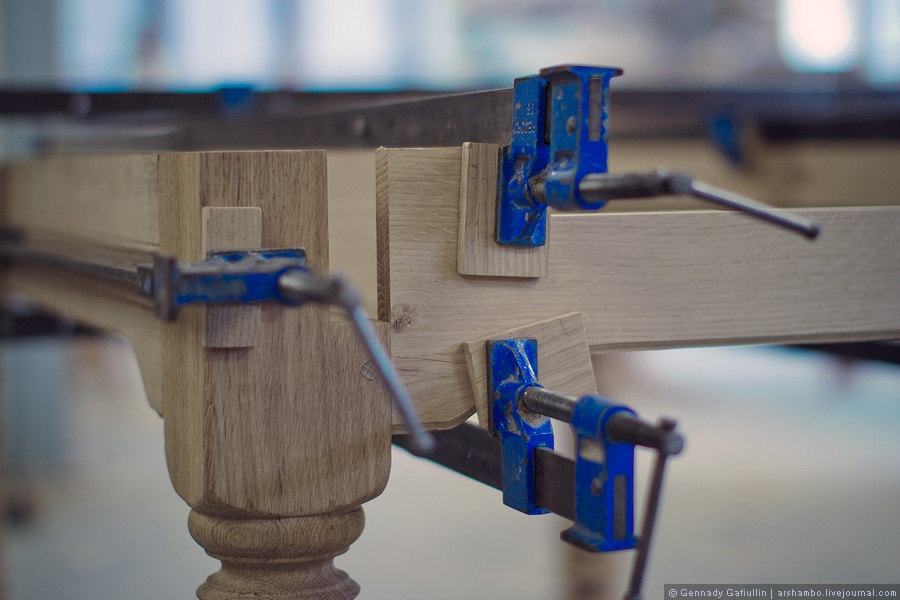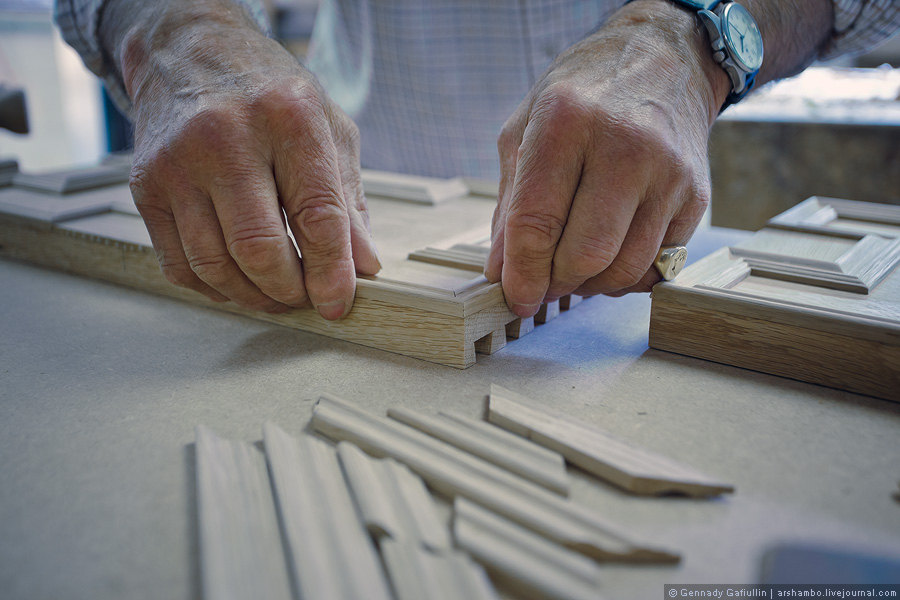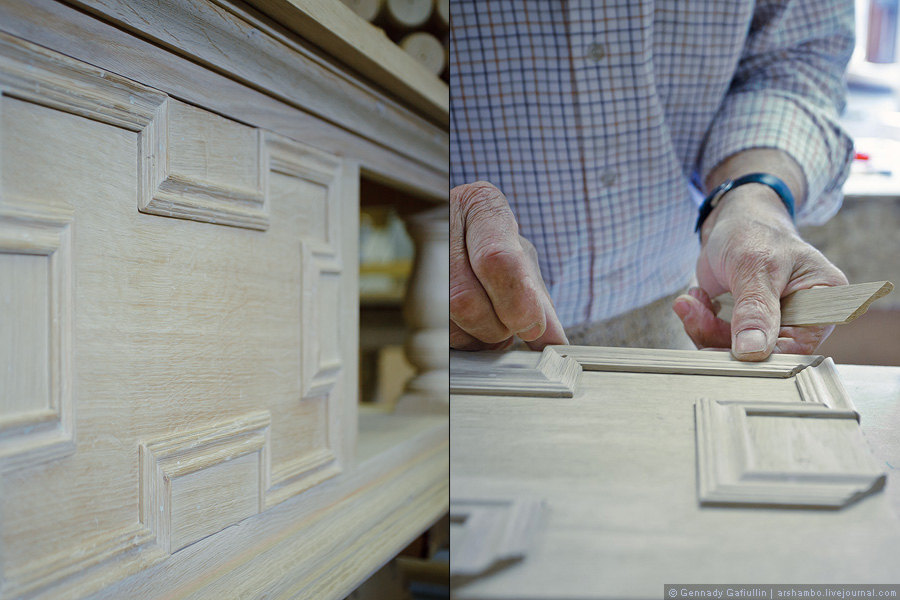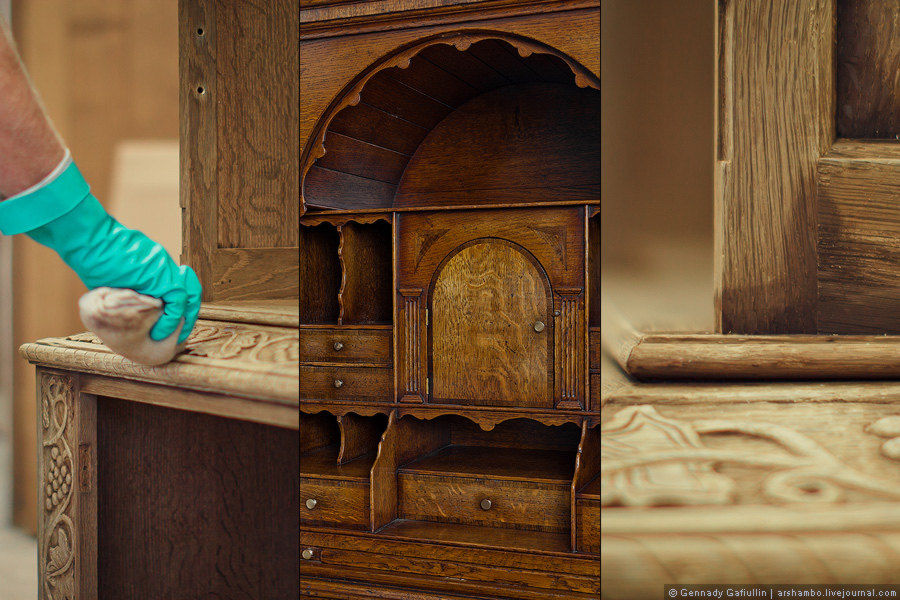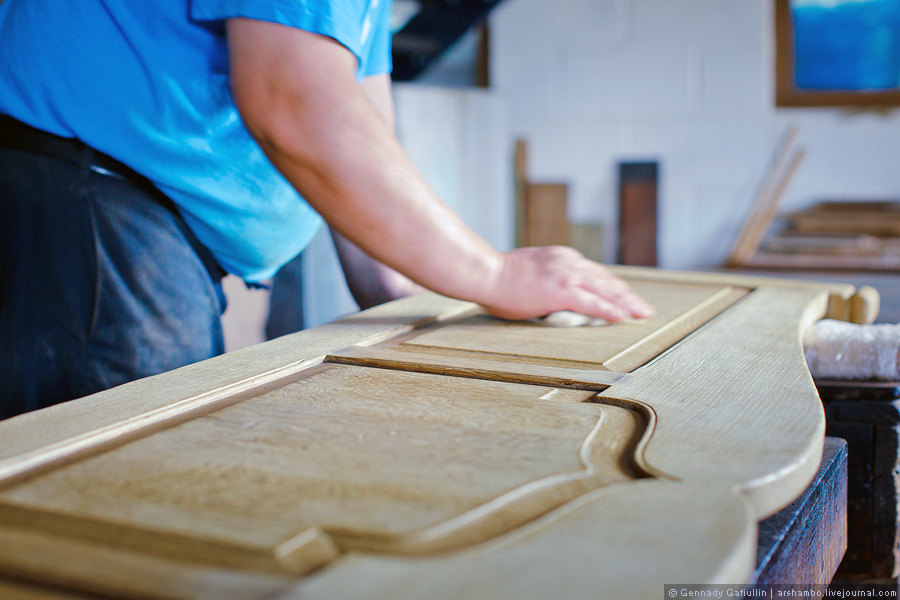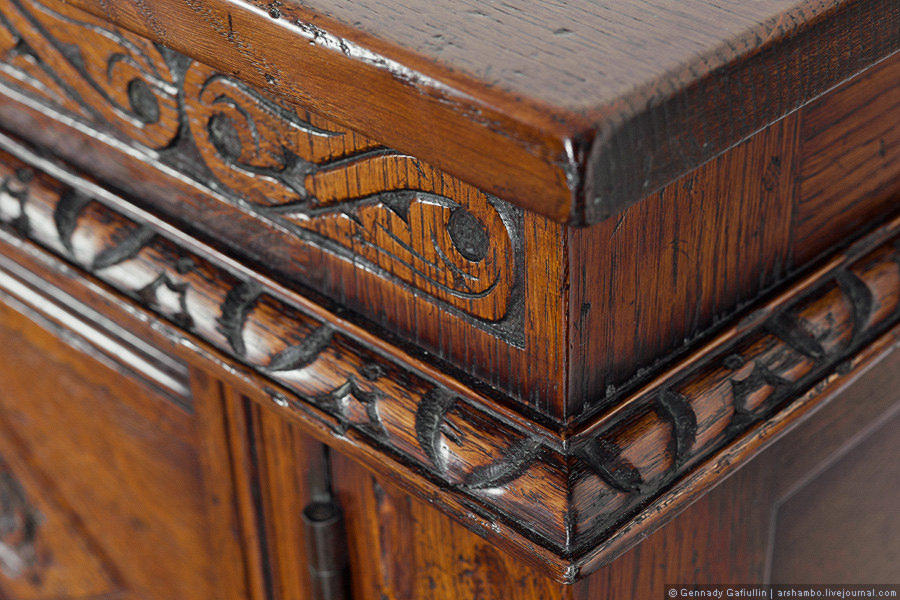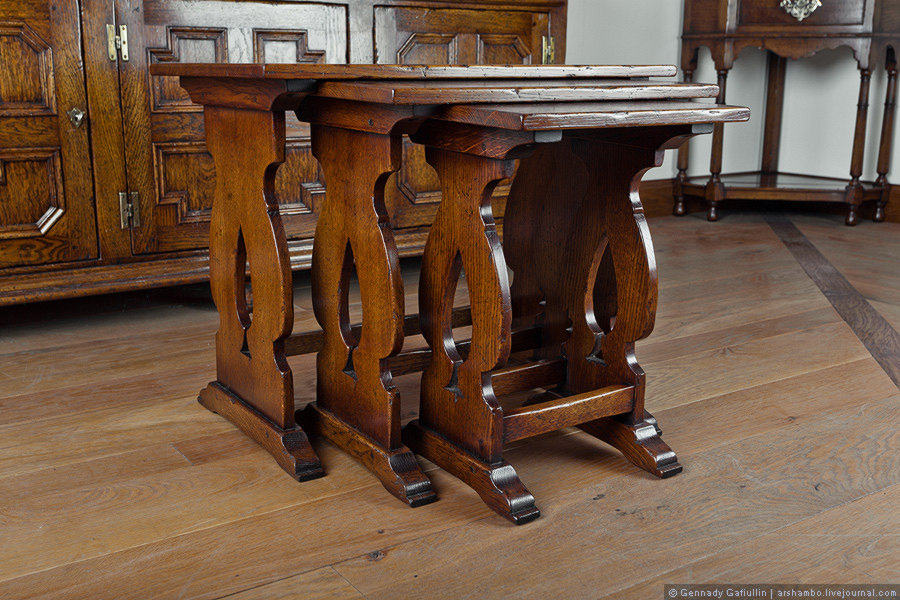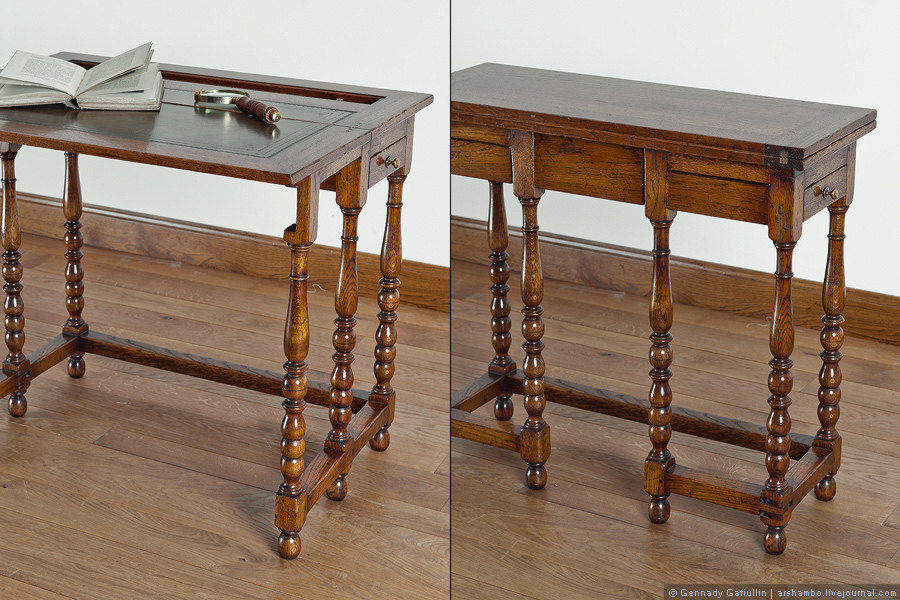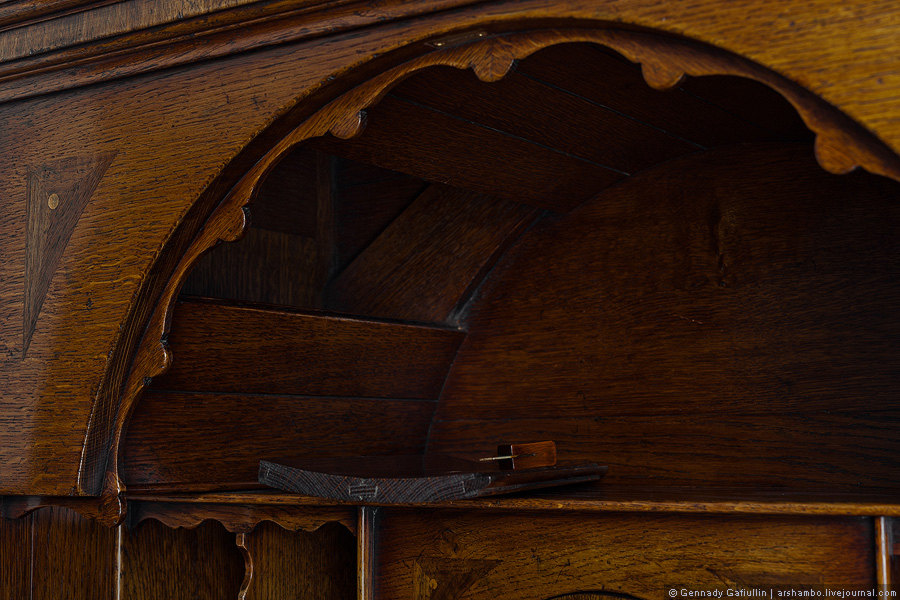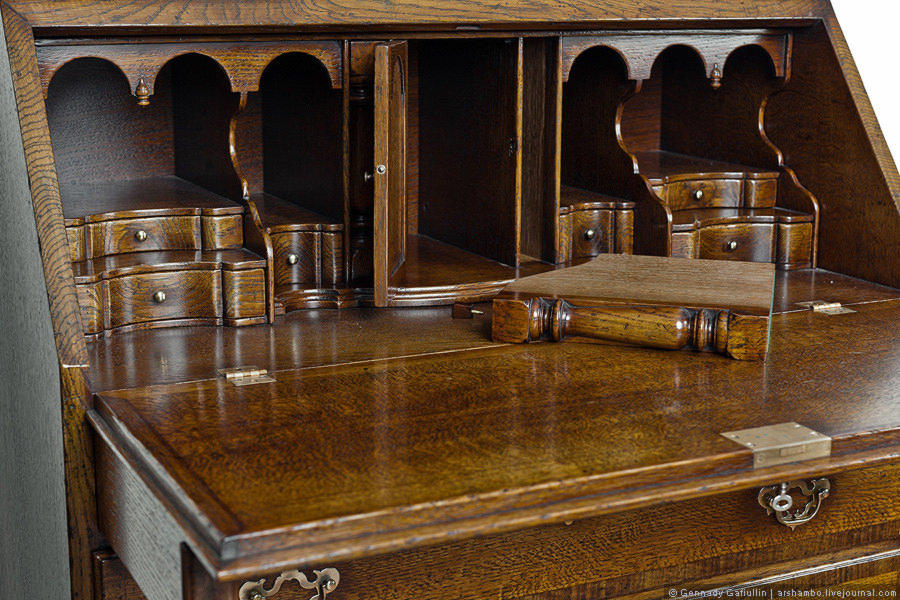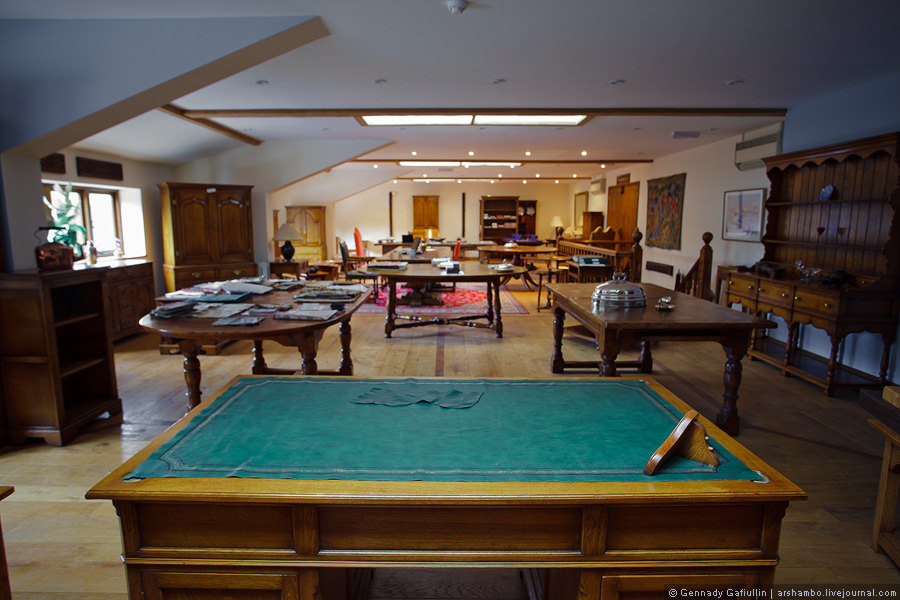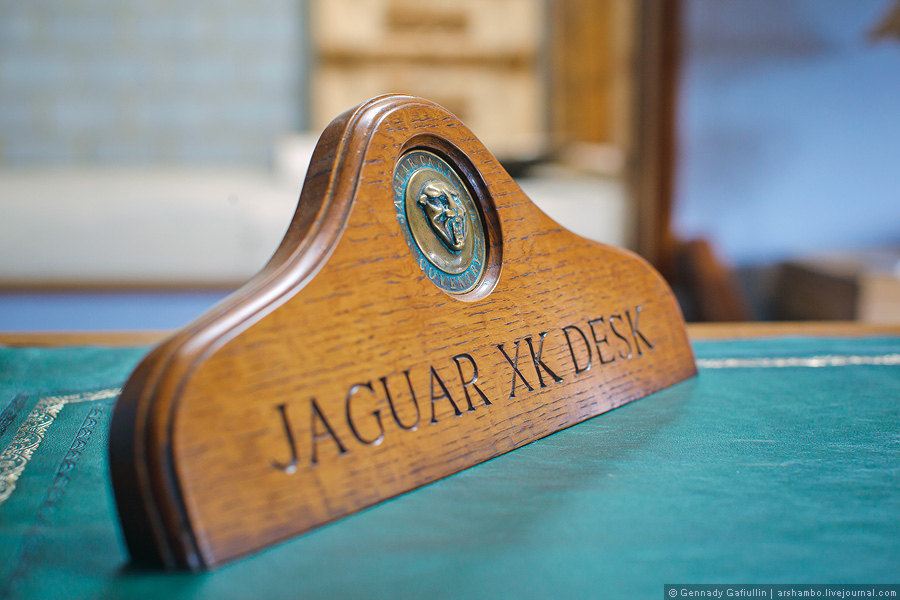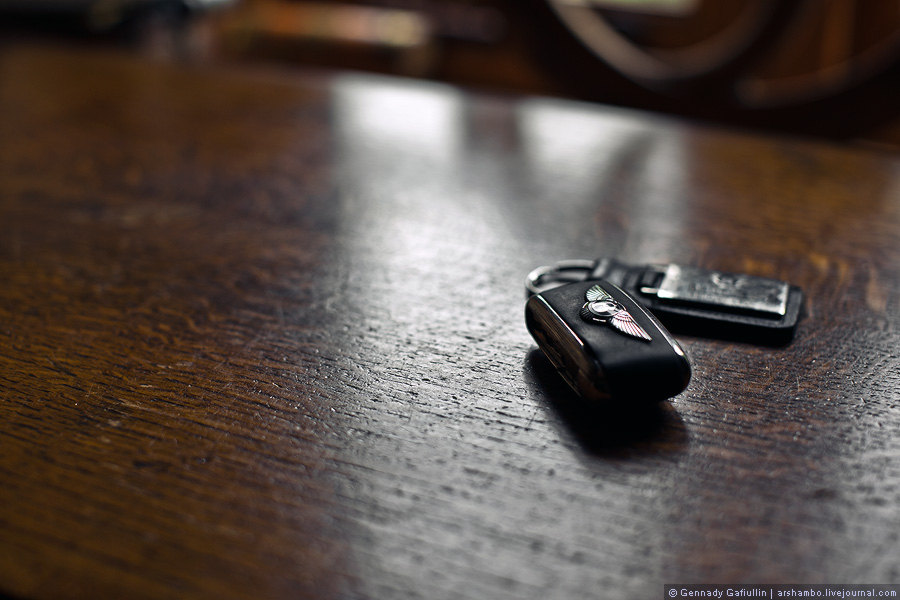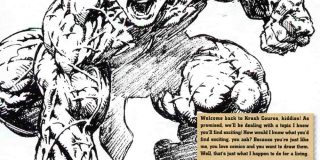The casual observer at a Furniture store may view this style of furniture to be very simple and straightforward. However there are many individual processes and there is a lot of experience by highly skilled craftsman that is required.
The first stage is the choice of material. The most common type of wood for classic English furniture is Oak. It has a number of properties that make it a clear choice above others. Oak doesn’t rot and has a high density, not easy to burn, it is easy to artificially age, and has can have a very thick trunk. However, there are some drawbacks. Due to its high density, the Oak is very heavy, can be difficult to handle, and causes heavy wear and tear on tools requiring constant sharpening.
This wood was collected from Normandy. It is difficult to comprehend how much oak is on the north coast of France. England also has oak at almost every step you take. It was probably the British that made the choice to use Oak because of how available it is. This wood was pre-cut before being shipped to England and has been dried for 5 to 10 years.
Furthur sorting is required. At this stage the wood is sorted according to thickness, length, width. Also, sorted for use. For example. Will it be used for bar tops, legs, so on.
Before heading to the saws the wood is dried in a kiln to remove any extra humidity from the wood.
There are two saws that are used to cut the length and width of the slabs.
The process is pretty straight forward. This piece is being ripped along it’s width.
Then they cut them to length.
The wood is planed and squared up and marked for shipment.
Here are some legs and other parts that will be shipped to the workshop.
The wood shop is manned by 5 to 6 people. Here is one of their time cards.
Patterns and jigs.
Most of these machines are made very well and have little to now bells and whistles. Sometimes they only have to buttons, Start and Stop. A few have speed control.
There is an emphasis on hard work. Most of the workers are from the immediate rural area and and learned their trade from the older experienced generation. It is safe to say that slackers and idiots don’t work here. It is typical to be paid hourly for this type of work.
Now you will see what it takes to bring the wood from planks and boards to finished furniture. This is where it starts getting interesting.
This is the carpentry and stain shop. It is a more laid back work atmosphere. The manufacturing process has been tweaked and adjusted over the years. They are more laid back here because working to fast may cause them to make expensive errors. Errors effect a dozen or so people up and downstream in the project pipeline.
All items are made exactly as the drawings show. Some have variations on the standard designs. Much of the furniture built here has a dual purpose. More on that later.
Not everything is done by hand here. Power tools are used when needed.
Each piece has it’s edges beveled and smoothed out. The furniture should not look like it was mechanically made and should have a handmade look.
They add scratches and texture to the surface of the wood. They do this using a stone. At first glance it may seem like an easy job but Oak is resistant to impacts and scratching. It takes extra special care to make the right kind of texture and to know how it will look after the varnish is applied.
Event this workshop outsources some of it’s work. This chair arm was cut in a neighboring town and are carved out of a single piece of timber.
Pre-cut pieces of wood are stored in the warehouse.
This furniture does not use nails. Only the wooden studs, drilled at specific locations. They are set and glued in grooves. Everything fits so tightly together, that you can’t even stick a needle in the joints. And after final sanding, the joints can’t be seen with the naked eye.
Using this method to clamp the wood together makes the furniture very stable and durable. When you build furniture in this way you can expect it to last well past 100 years. Quality vs. quantity.
In the final stage, the finisher – a master at his work – makes the furniture come to life. Almost as if it came with from the times of Tudor. So called because at the time of Henry VIII Tudor in aristocratic homes of England, were traditional, massive, carved beds and tables made of solid Oak. Staining enhances the contrast, and really pulls out the pattern of the wood and fibers making the furniture even more beautiful.
To enhance the effect, the furniture covered with an additional special patina. It is applied to the edges and joints, creating an uneven faded furniture. Lacquered in two stages. First, to raise the “pile” – swollen as a result of staining, and washed pieces of wood. Then to remove the layer which gives better gloss and water resistance. Several layers of varnish are added. Varnishing creates a coat and increases strength. Shellac is added and adds the amber color and is made from resins collected from some insects. The shellac is applied gently by soaking a small swab and applying to all the details. How beautiful is that!
Check out this piece with a secret compartment. A board can be removed after unlocking with a key.


